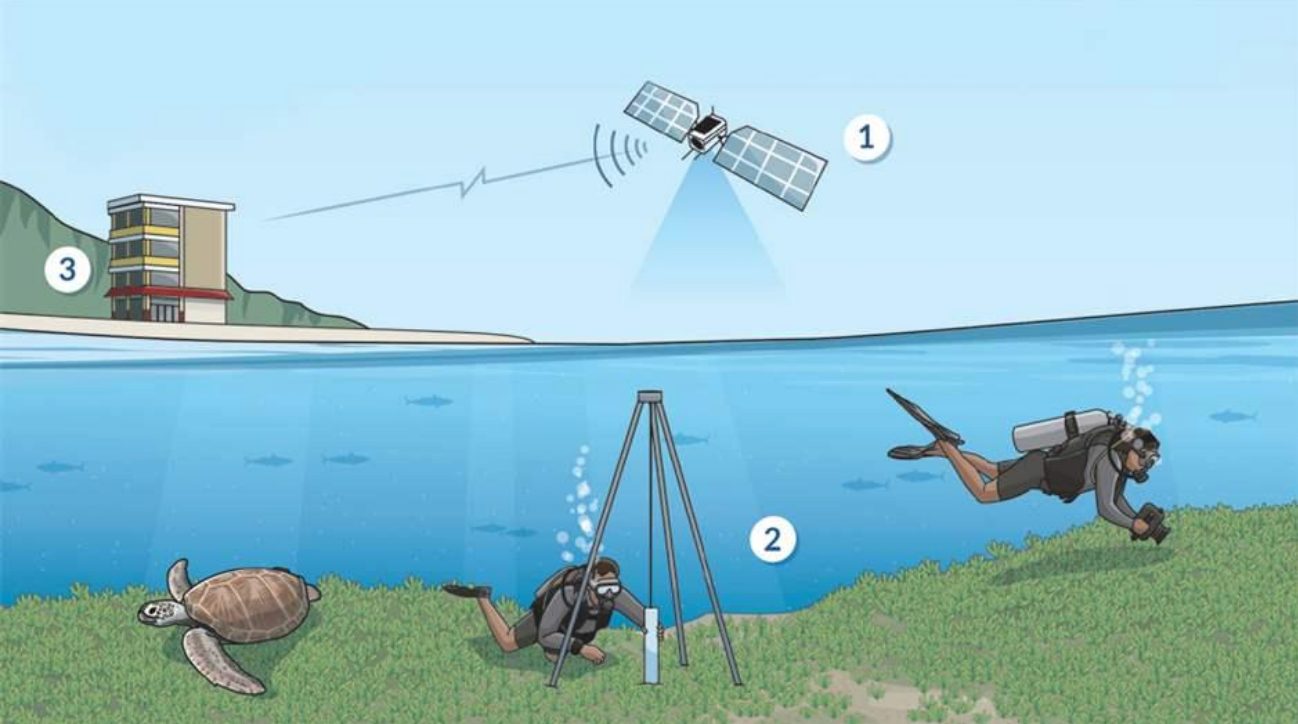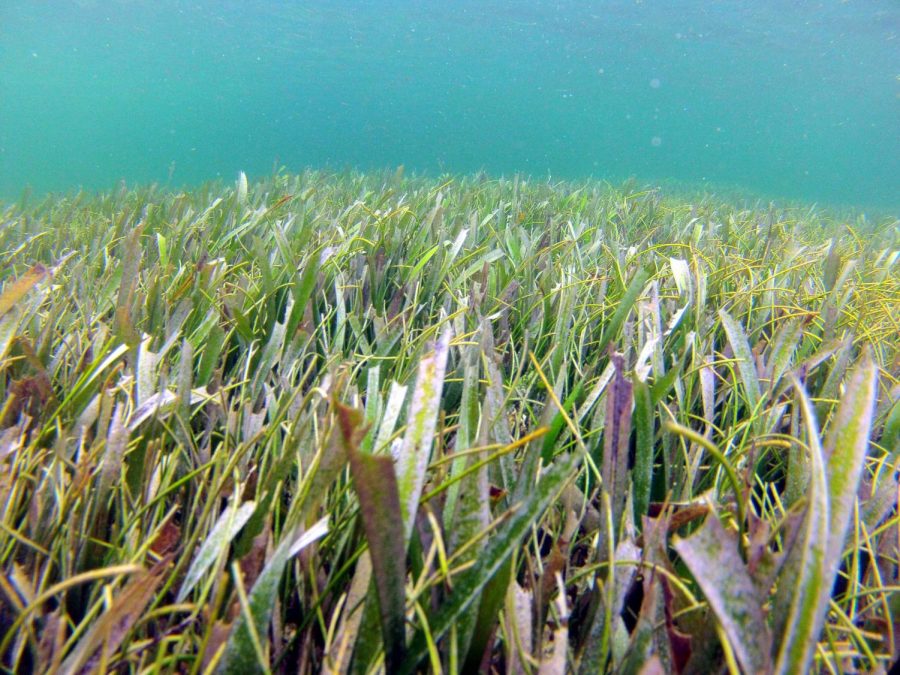Seychelles Takes Steps to Limit CO2 Emissions with seagrass meadow mapping
April 26, 2021
Seagrass meadows are vital to the health of our oceans and to our planet. Because these meadows are declining at such a fast rate, countries such as Seychelles have decided to take further actions to protect them.
Some benefits of seagrass include that it acts as a nursery and food source for many different marine animals, they are habitats, they help to protect coastlines from wave energy, and they produce oxygen and clean the ocean.
The most important benefit of seagrass is that it stores carbon, a lot of it and fast.
According to NBC News, “Seagrass accounts for 10 per cent of the ocean’s capacity to store carbon—so-called “blue carbon”— despite occupying only 0.2 per cent of the sea floor,” and continues, “it can capture carbon from the atmosphere up to 35 times faster than tropical rainforests.”
This year, steps were taken to try and protect seagrass.
With a new research project funded by The Pew Charitable Trusts, the Seychelles government recently began assessing its coastal seagrass carbon stock to map and get a better idea as to how much carbon dioxide is stored beneath. With this information reachers can ultimately predict how much carbon dioxide is stored below-ground by seagrass countrywide.

This gives policymakers the chance to provide a NDC, a requested long-term goal to limit national emissions and adapt to impacts of climate change, to the Paris Agreement.
According to PEW, “Countries can include seagrass protections as a nature-based solution in their Nationally Determined Contributions (NDCs) to the Paris Agreement, to bolster global efforts to lessen the impacts of climate change.”
Seagrass is a way to limit the CO2 emissions going into the atmosphere, so humans must protect these meadows. Once they are gone, we may not have many more options to save our planet before it’s too late.









